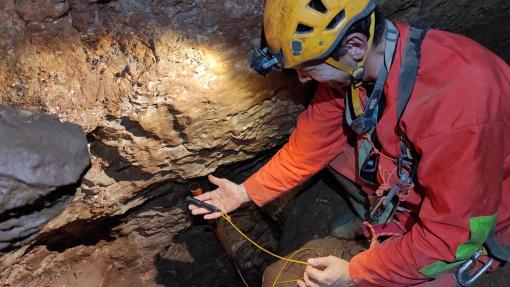More than one hundred years after the first experiments carried out by Dr. Timeus, on 30 September 2024, after a long planning phase and a bit of a wait due to adverse weather conditions, it was possible to start a complex hydrogeological experiment aimed at clarifying the way in which the waters of the Vipava river and Soča river supply the Classic Karst aquifer.
At two different sites, at a sinkhole near Gabria (VIP) on the left bank of the Vipava River and in the well at Castel Nuovo (CST) in Sagrado, specific colouring substances were injected to trace the movement of groundwater from the rivers to the Karst springs.
Several points were selected where the water was sampled once or twice a day. Twelve were the sampling points for surface water, and seven for caves or wells, six of which are recorded in the speleological register of the Autonomous Region of Friuli Venezia Giulia: Grotta Andrea (AND), Abisso Samar di Ricky (SAM), Cavernetta near Comarie (COM), Grotta del Proteo (PRO), Pozzo presso la cava di Polazzo (POL), Pozzo primo di Castelvecchio (MAR).
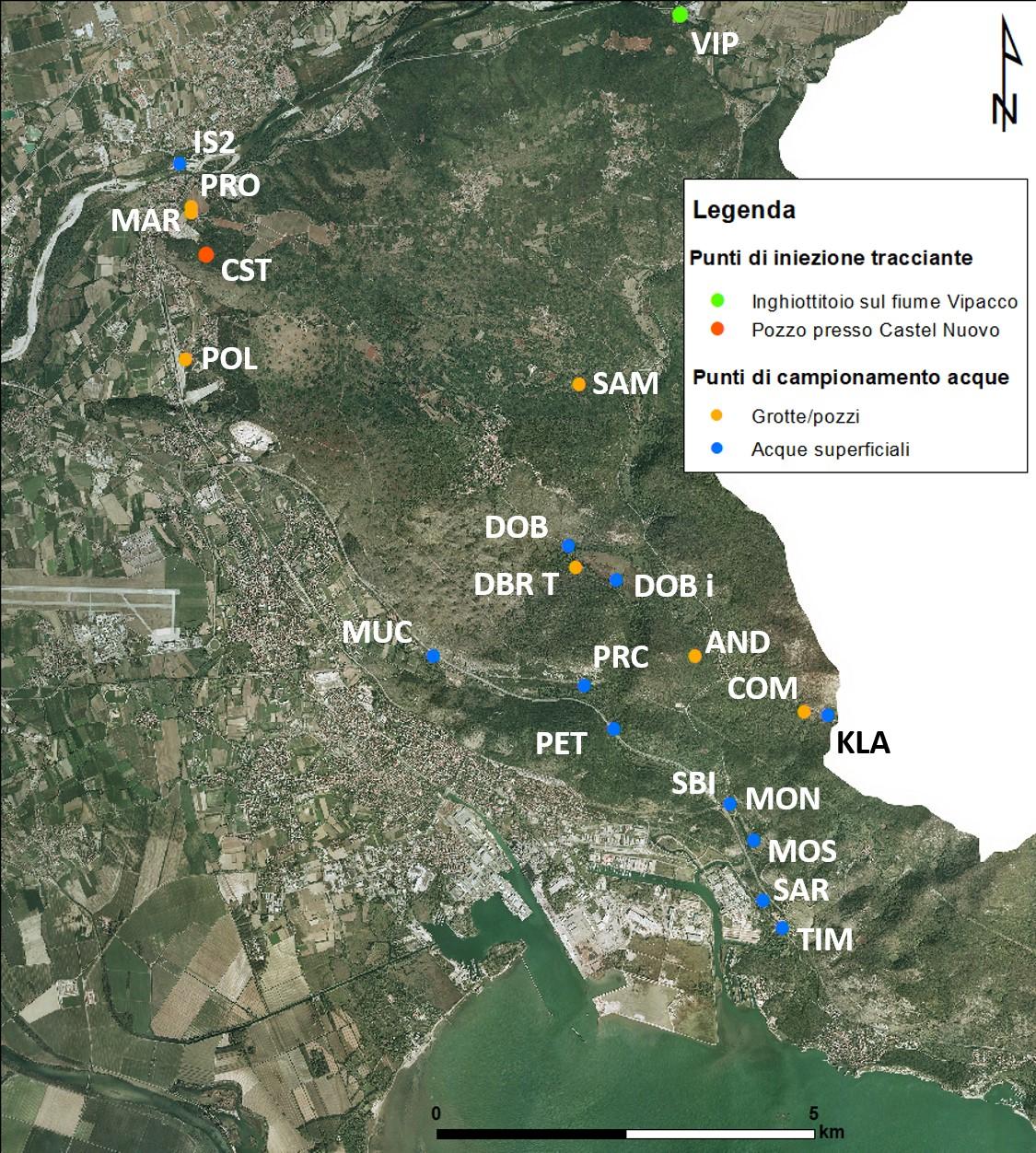
Figure 1 Tracer injection points (CST and VIP) and water sampling points.
Thanks to the installation of eight field fluorometers - three from the University of Trieste, three from the Speleological Laboratory of Fluorimetric Techniques in Farra d'Isonzo, one from the Geological Survey of the Region of Friuli Venezia Giulia and one from the Geological Survey Institut of Slovenia- and the daily sampling at the various sites between springs, karstic lakes and caves, it was possible to determine the times and directions of the transit of the marked waters.
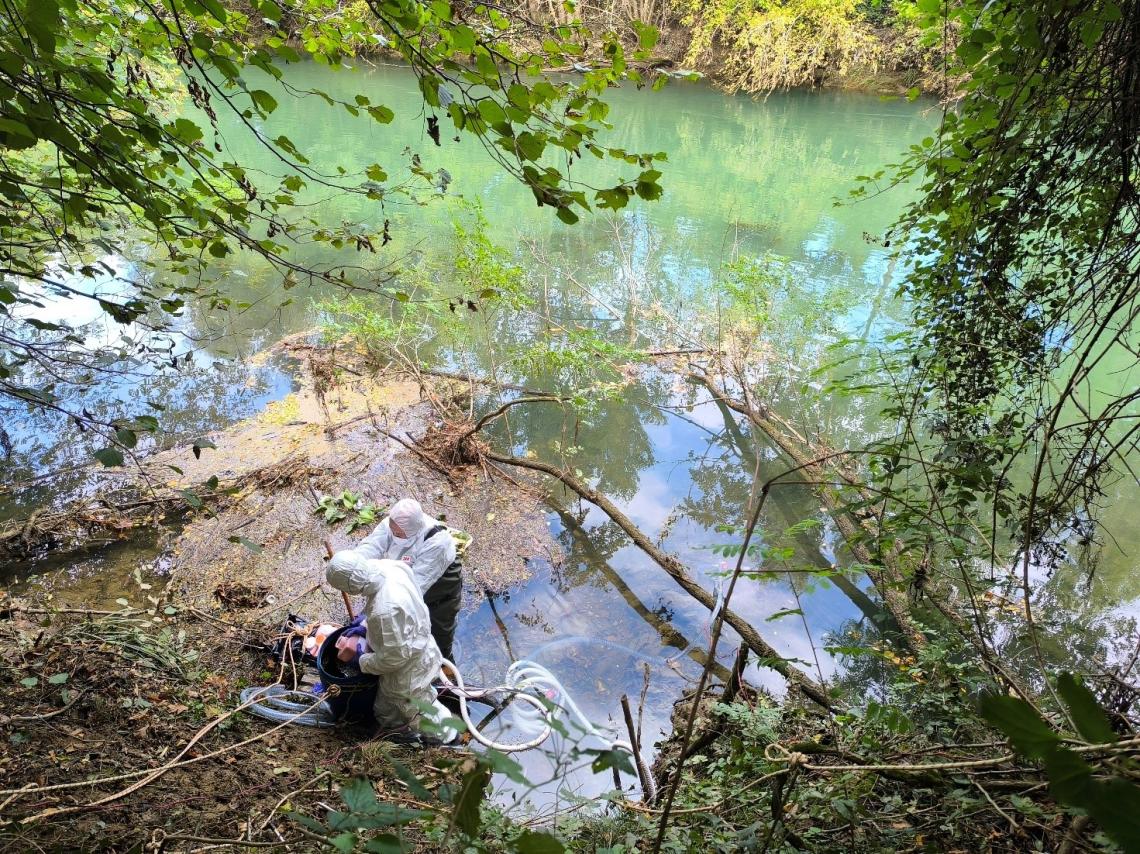
Figure 2 Tracer injection phase in a sinkhole along the Vipava River.
In addition, fluocaptors (activated carbon) procured by the L.S.T.F. of Farra d'Isonzo were installed at 10 of the water sampling points.
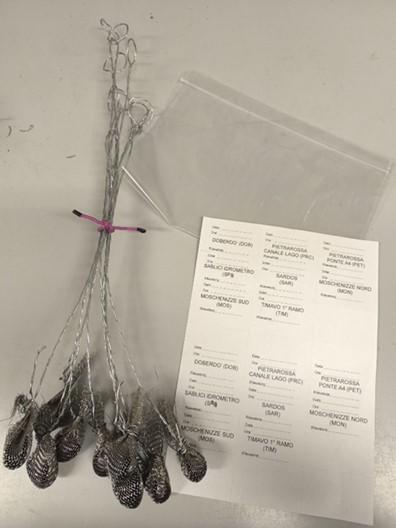
Figure 3 Set of fluocaptors (activated carbon) for field installation.
The results of this experimentation are not only of scientific value, but also make it possible to clarify the nature of the network of caves draining the karst (goriška area) and lay the foundations for better protection and preservation of the water captured by the Italian and Slovenian aqueducts.
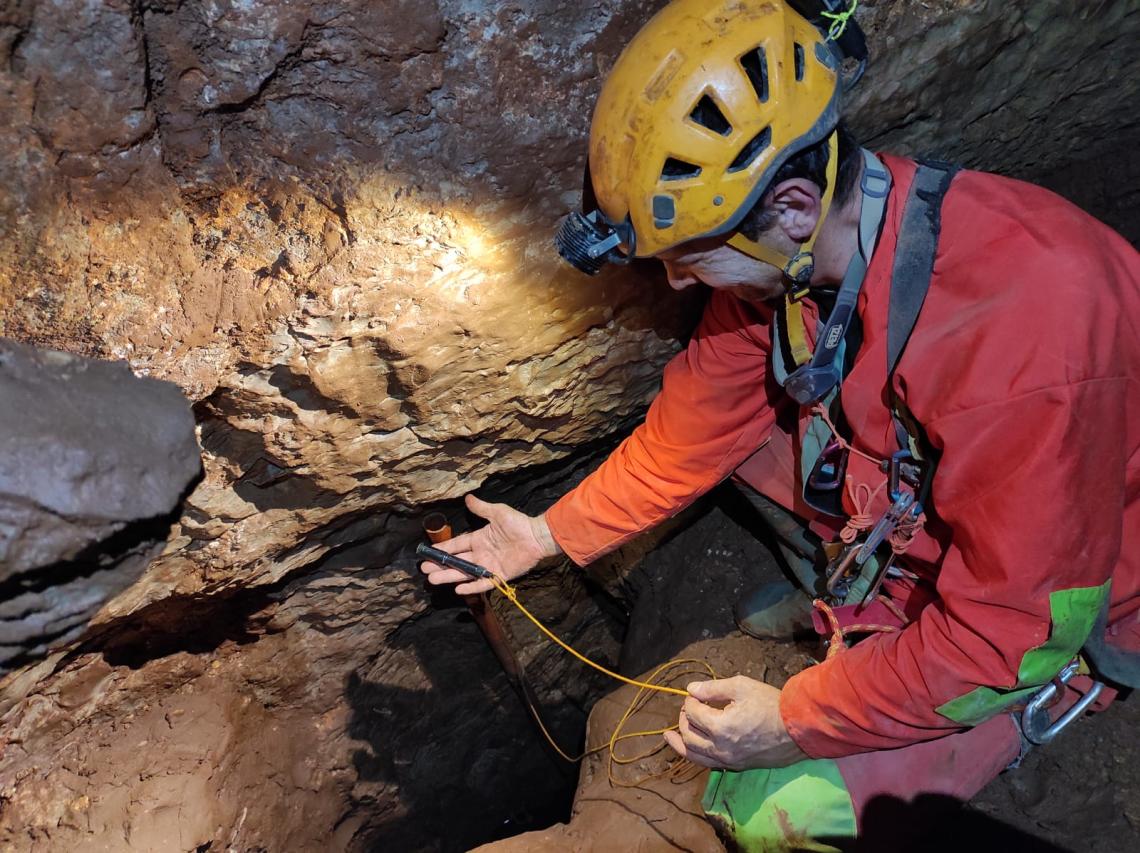
Figure 4 Installation of tools in Ricky's Samar Cave.
The tracking was organised by the Department of Mathematics, Informatics and Geosciences of the University of Trieste within the KRAS-CARSO II project (Activity 2.1).
The synergy of intent between university researchers, the Speleological and Fluorimetric Techniques Laboratory ETS APS of Farra d'Isonzo (GO) and dr. Gemiti, kicked off the project that was completed thanks to the valuable help in the cave and on the ground of an important number of cavers belonging to different local entities such as: the Società Adriatica di Speleologia (Trieste), the Gruppo Speleologico JKKK “Talpe del Carso” (San Michele del Carso), the Società di Studi Carsici “A. F. Lindner” (Ronchi dei Legionari), the Gruppo Alpinistico Triestino, the Caving Society Temnica, the Centro Ricerche Carsiche 'C. Seppenhofer' (Gorica), colleagues from the Geological Survey of Slovenia, the Geological Survey of the Autonomous Region of Friuli Venezia Giulia, and staff from the Randaccio Aqueduct (AcegasApsAmga) and Kraški vodovod Sežana.

